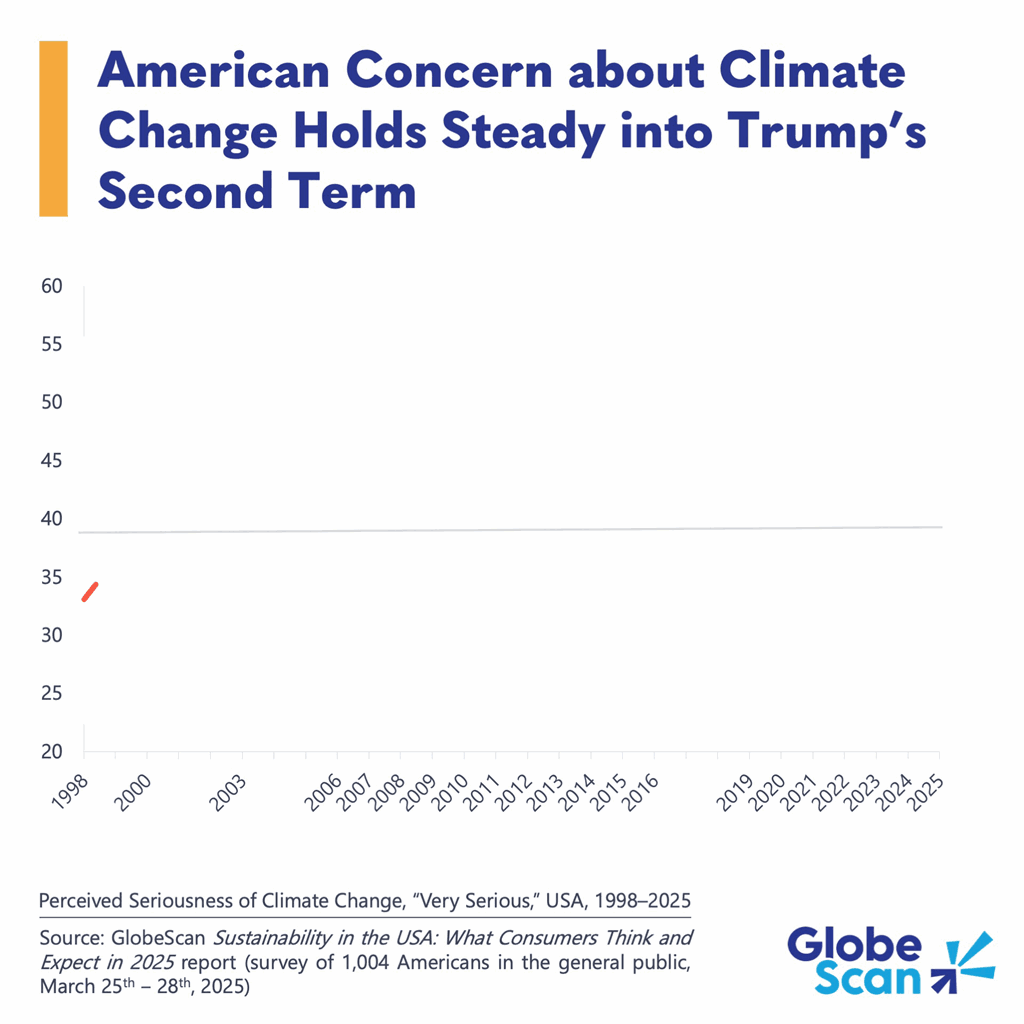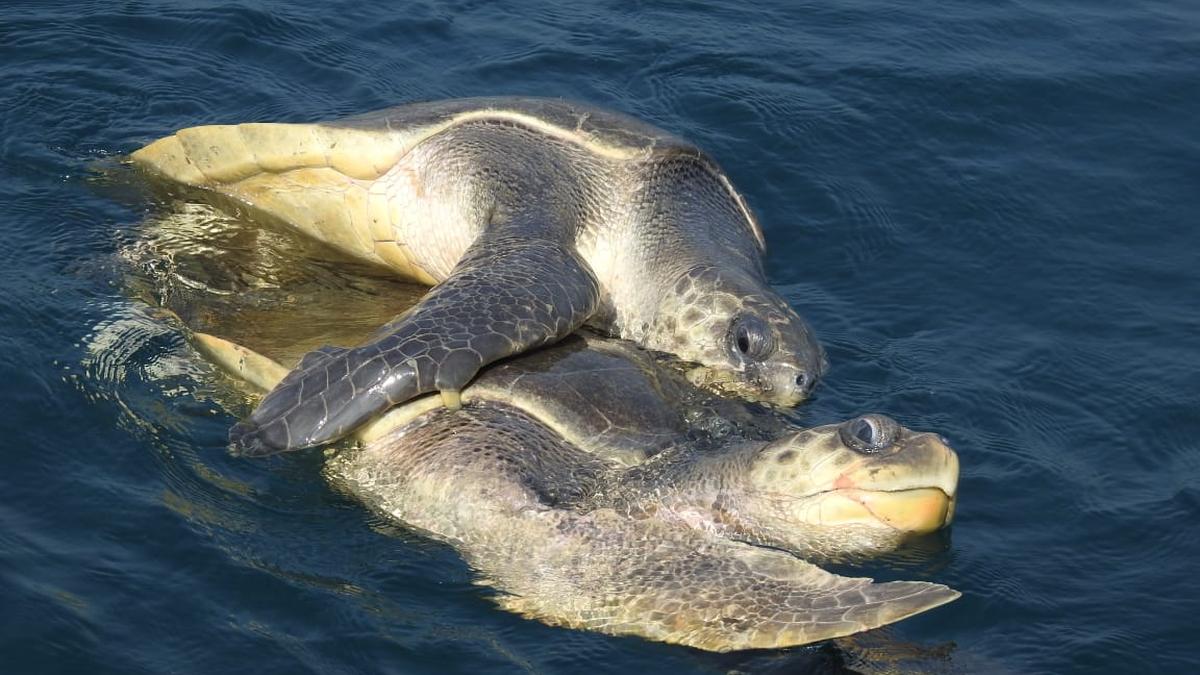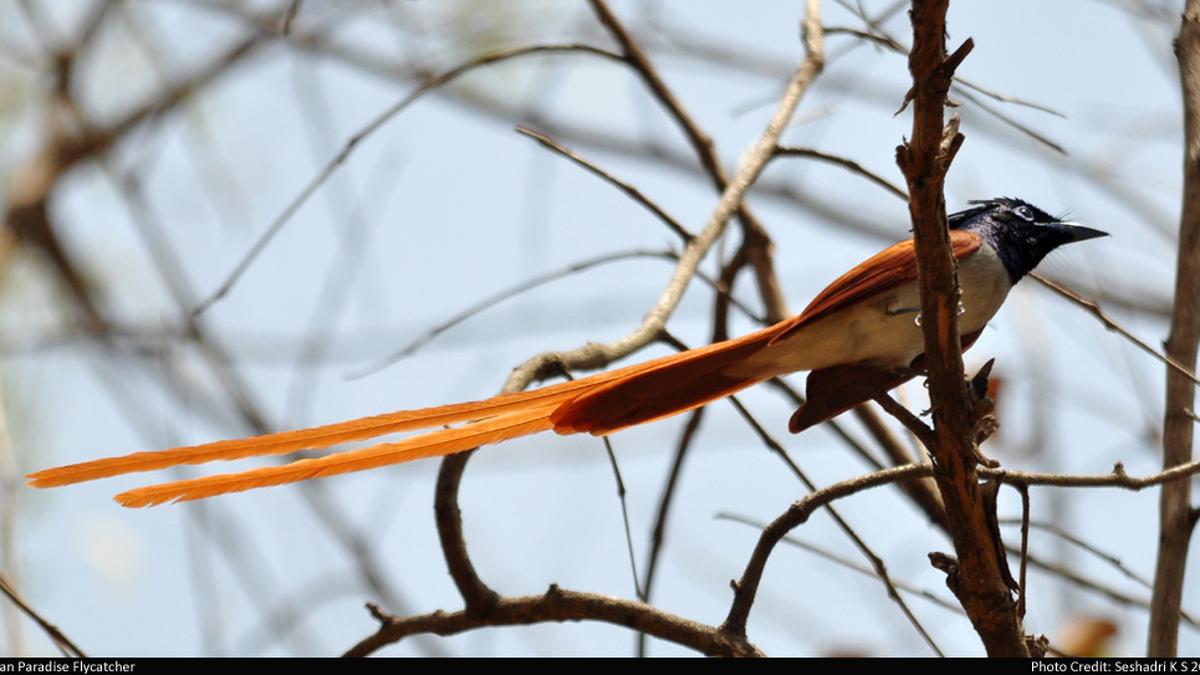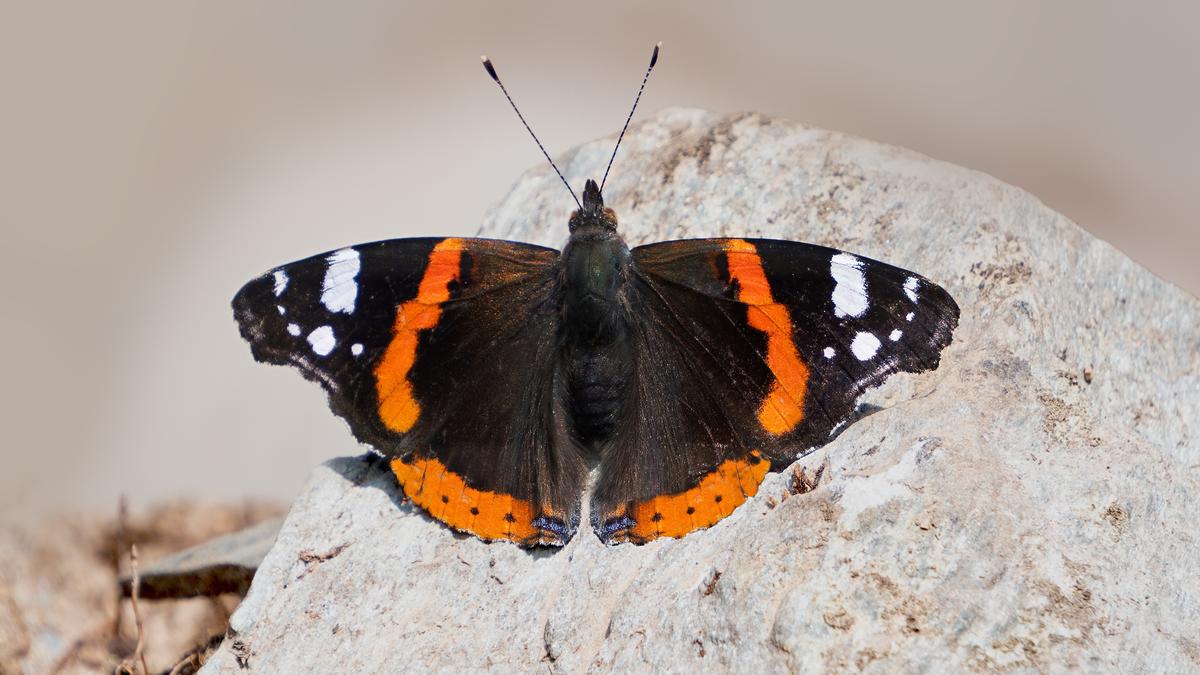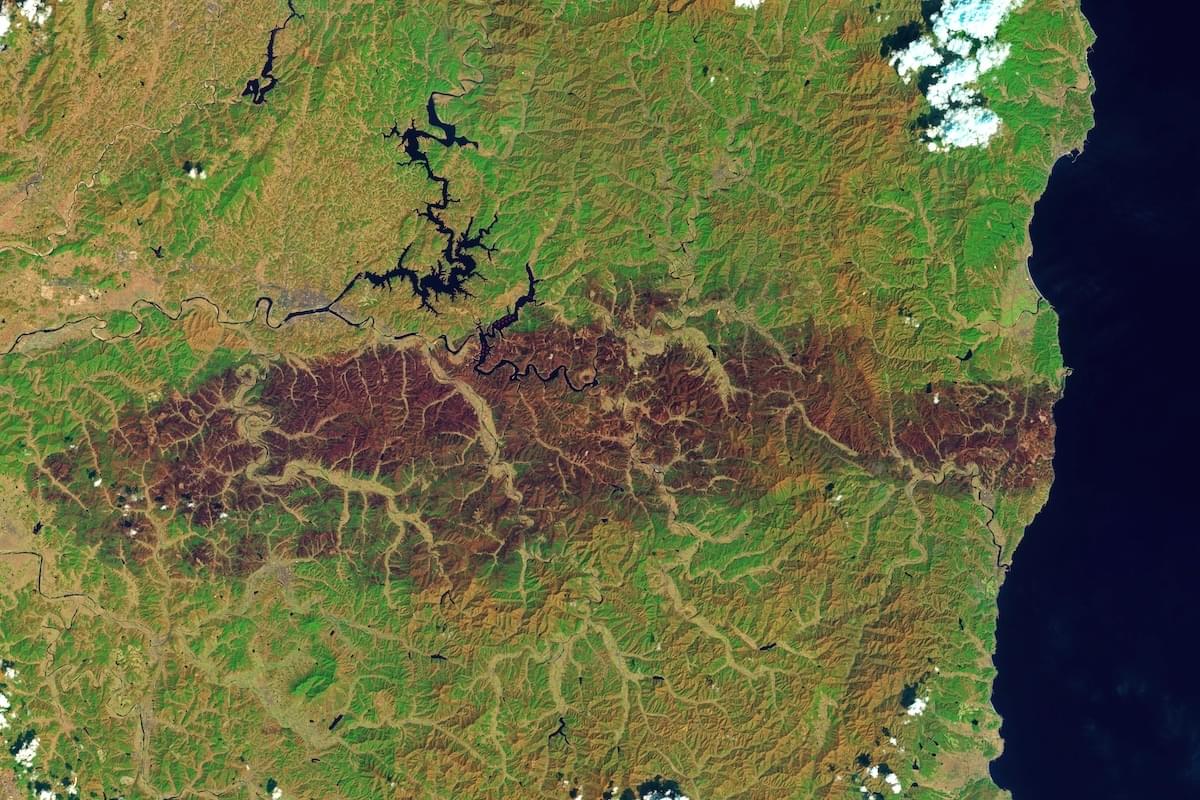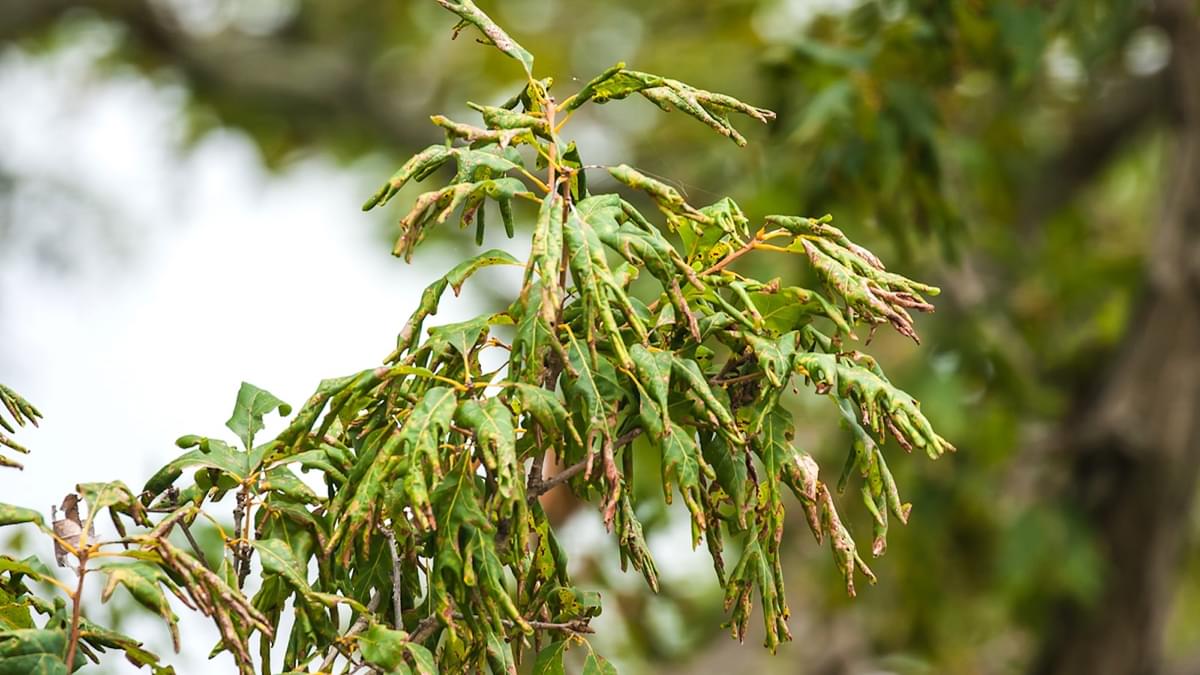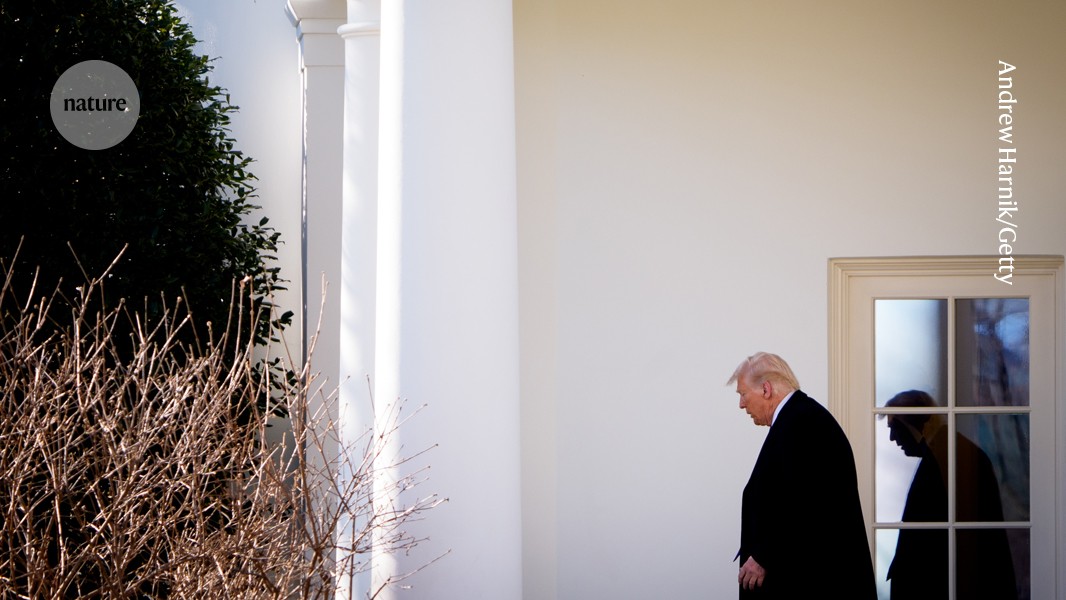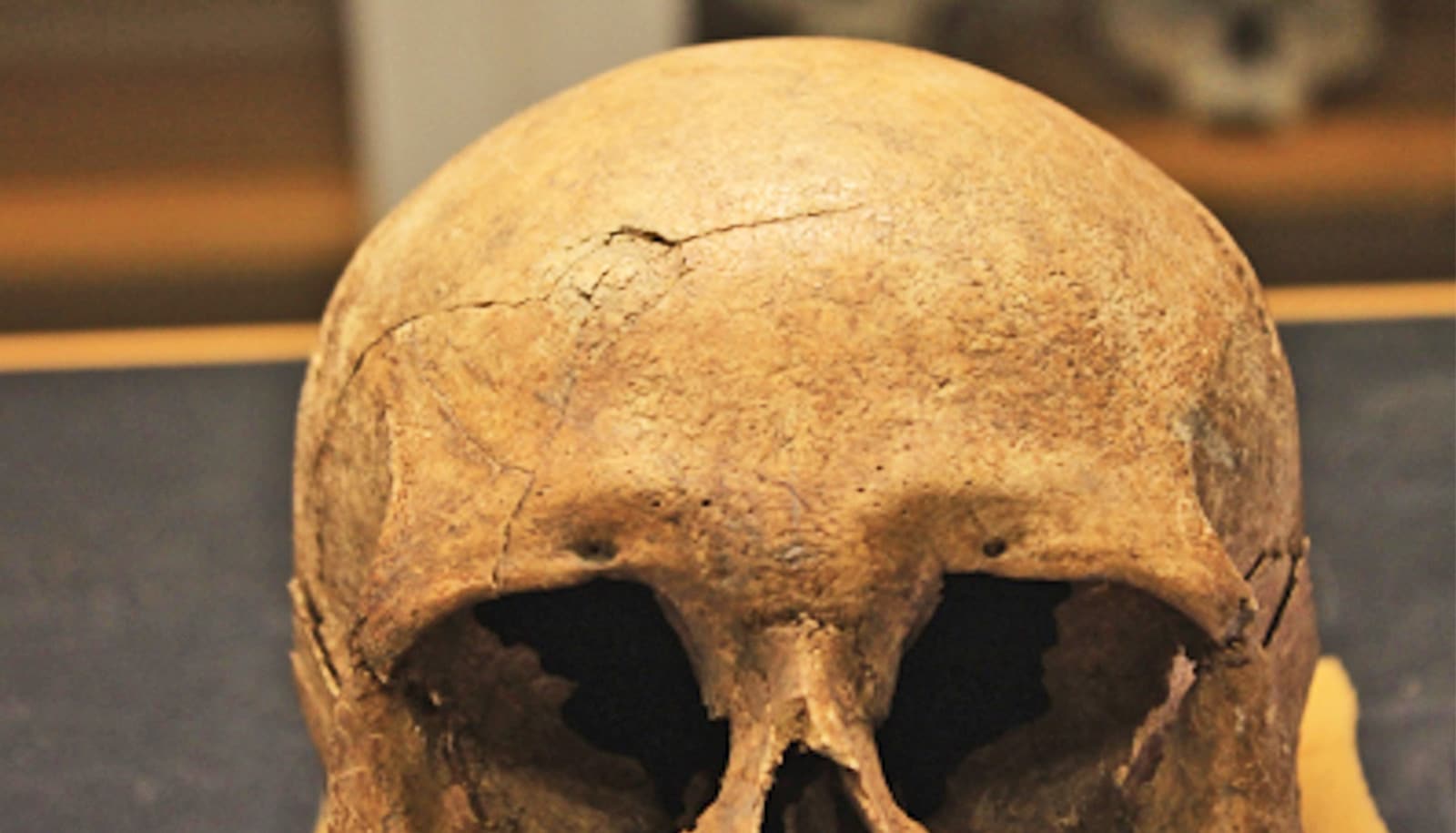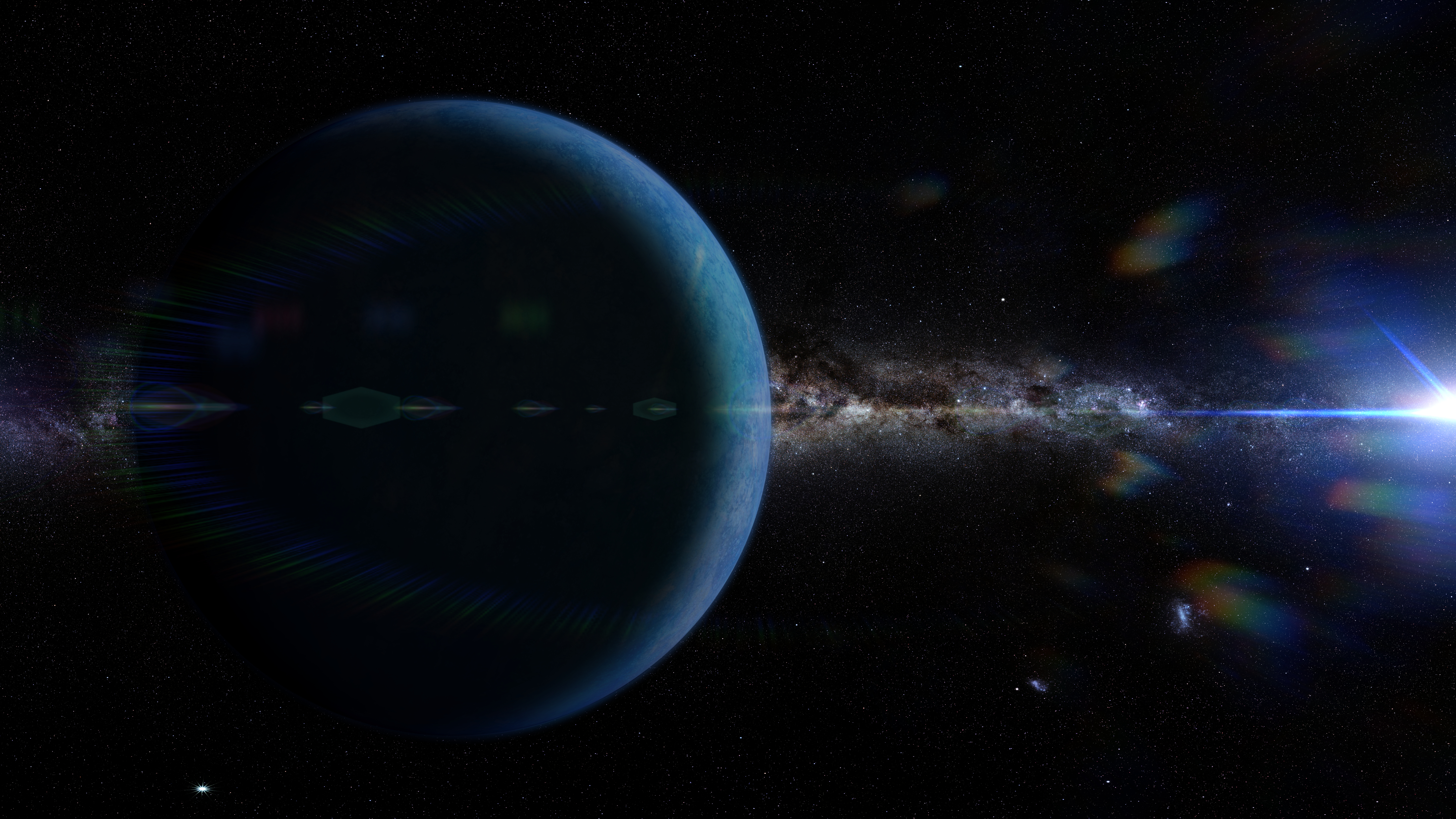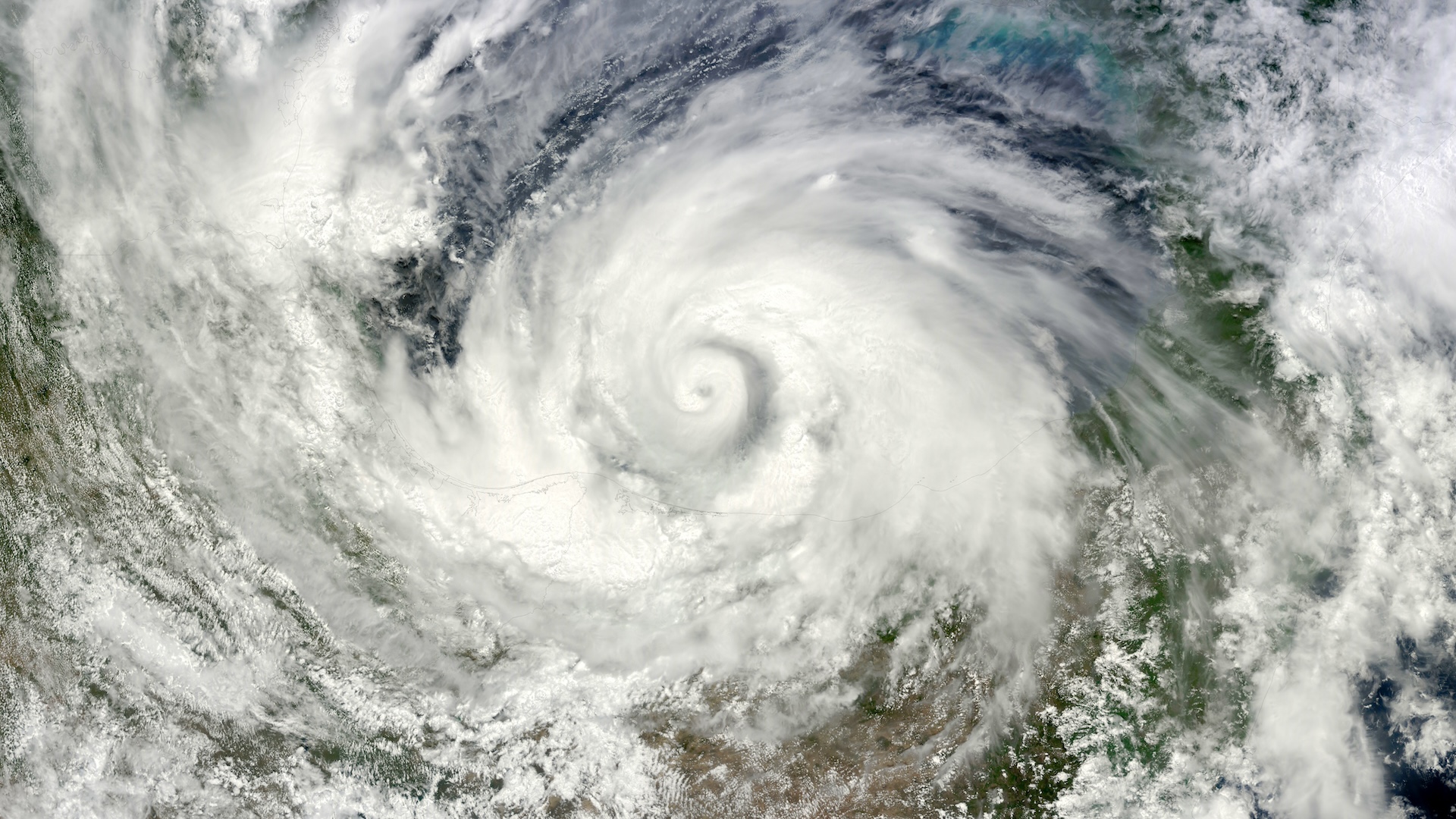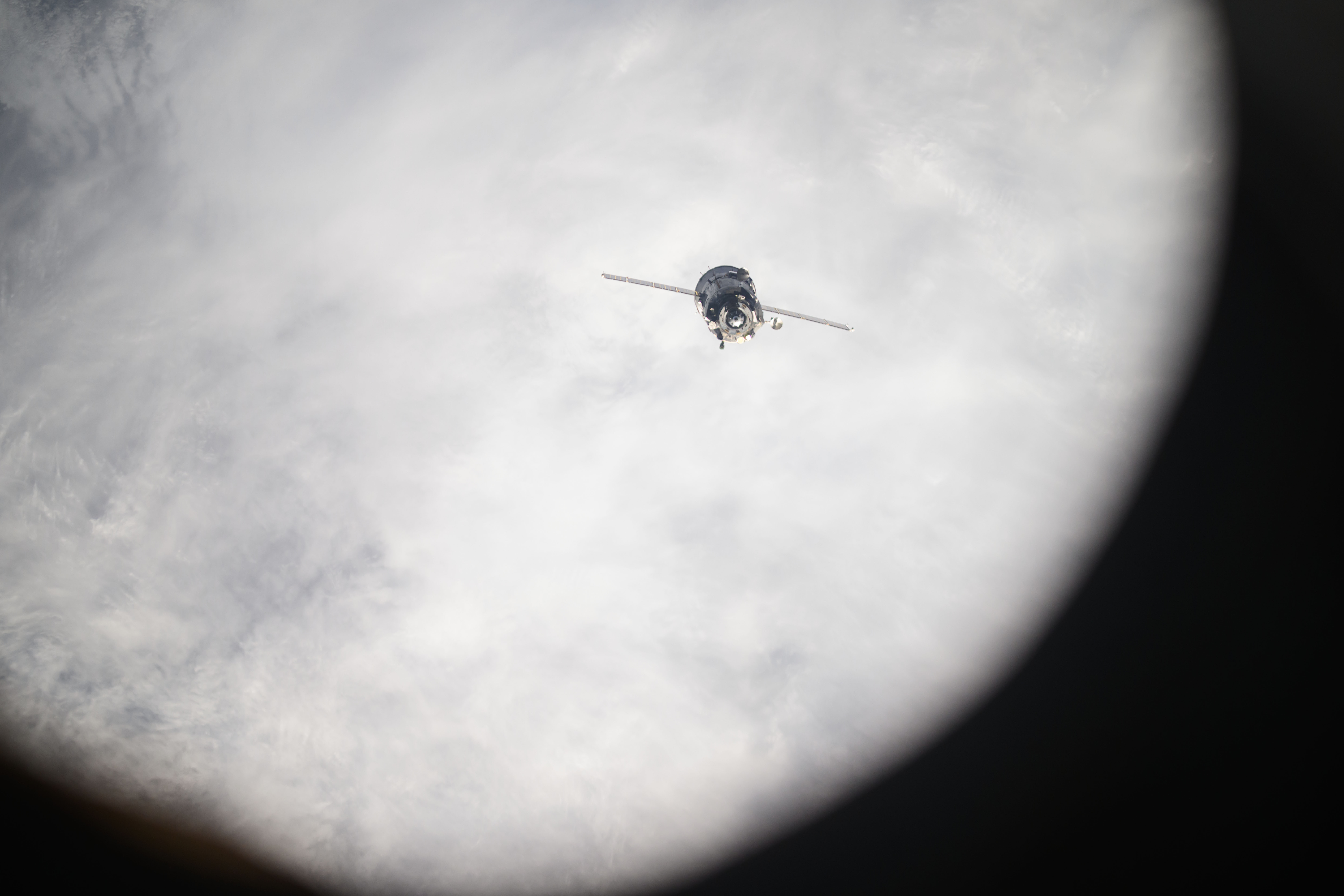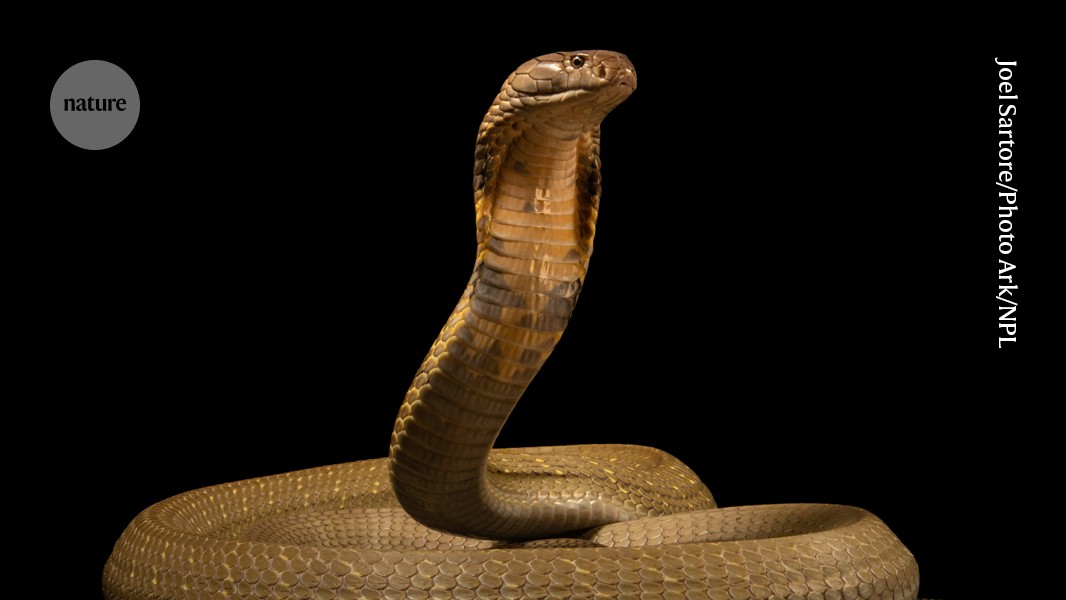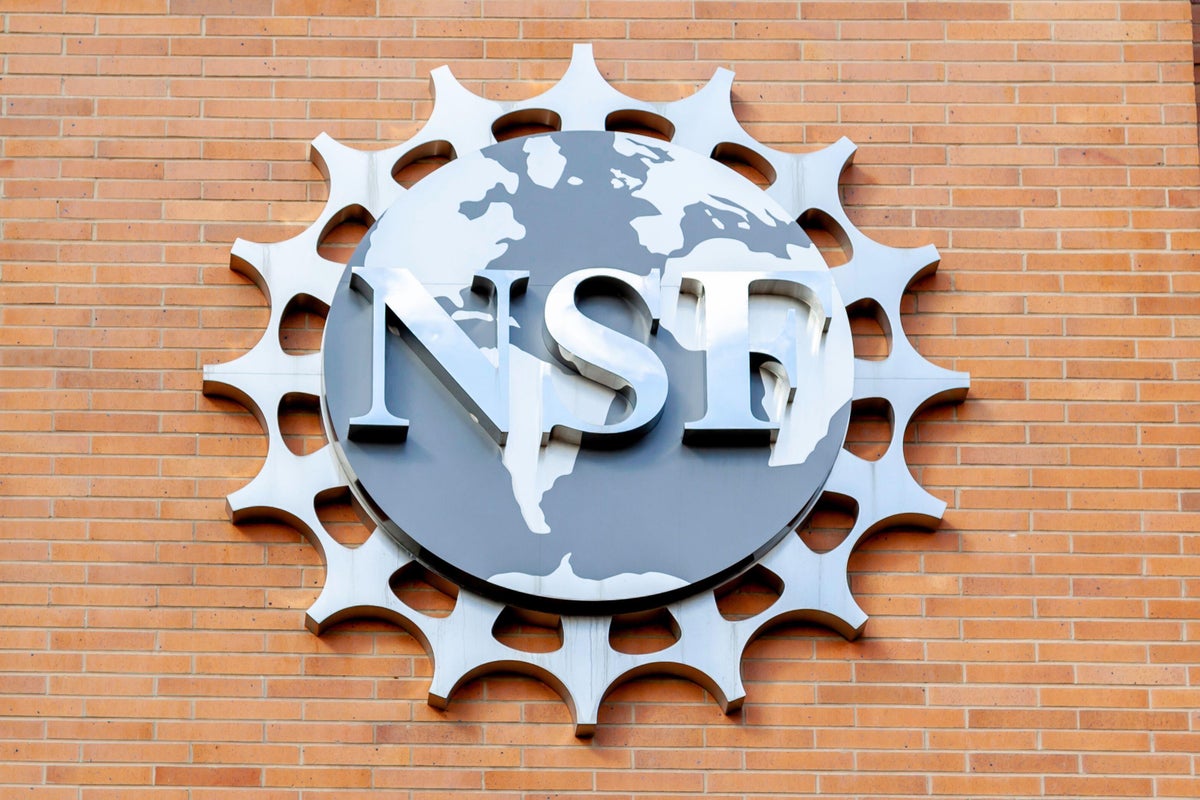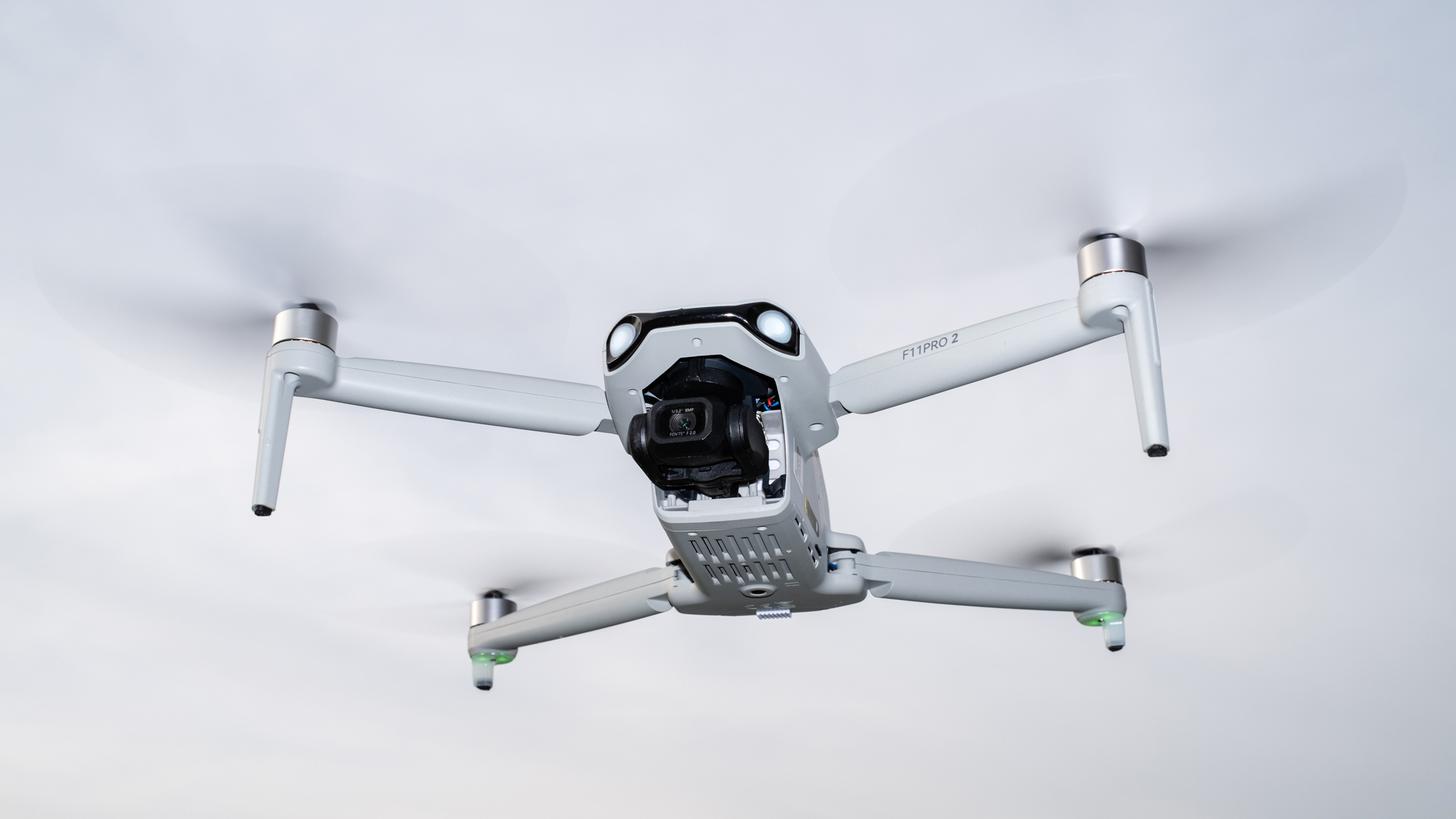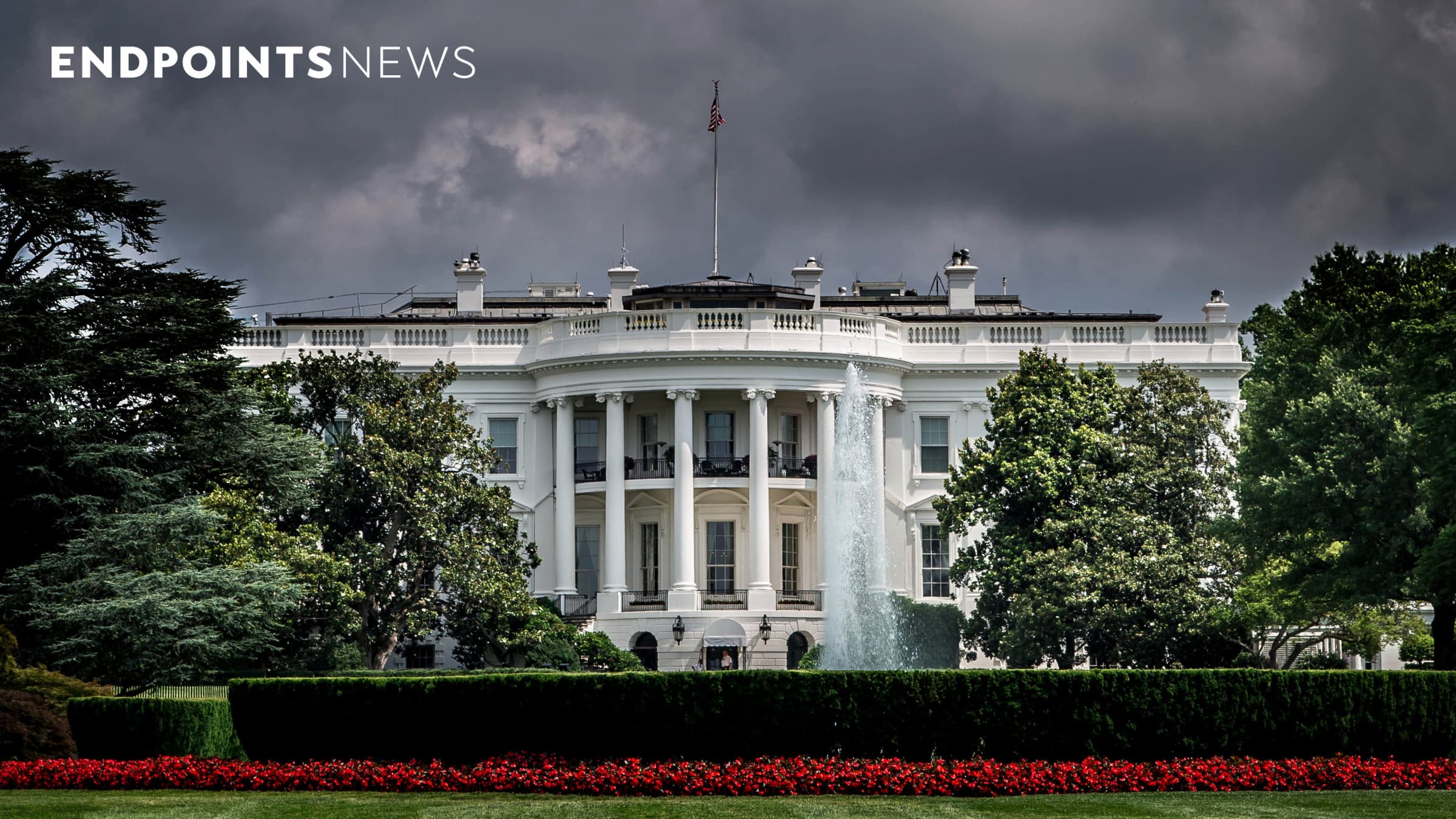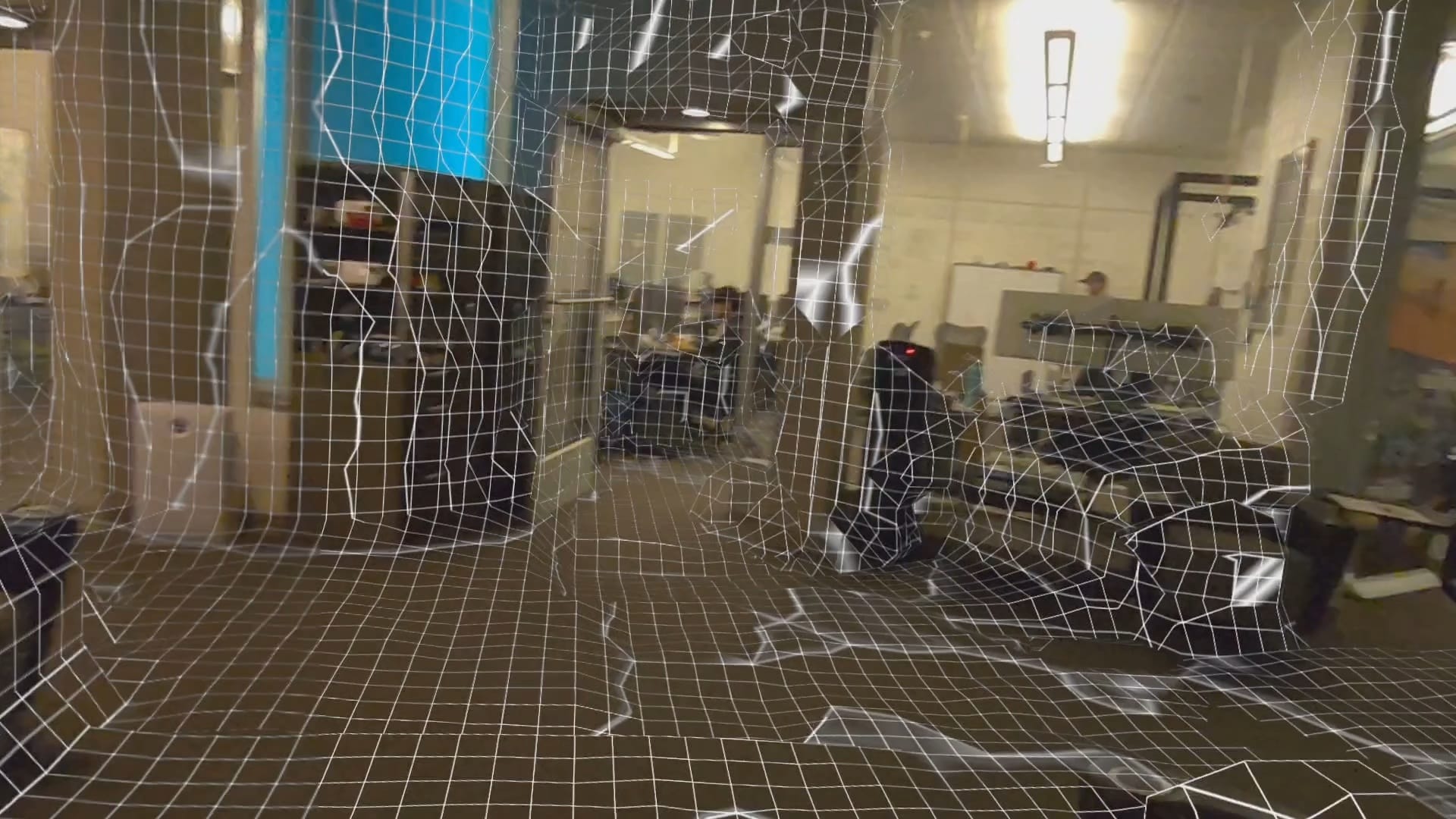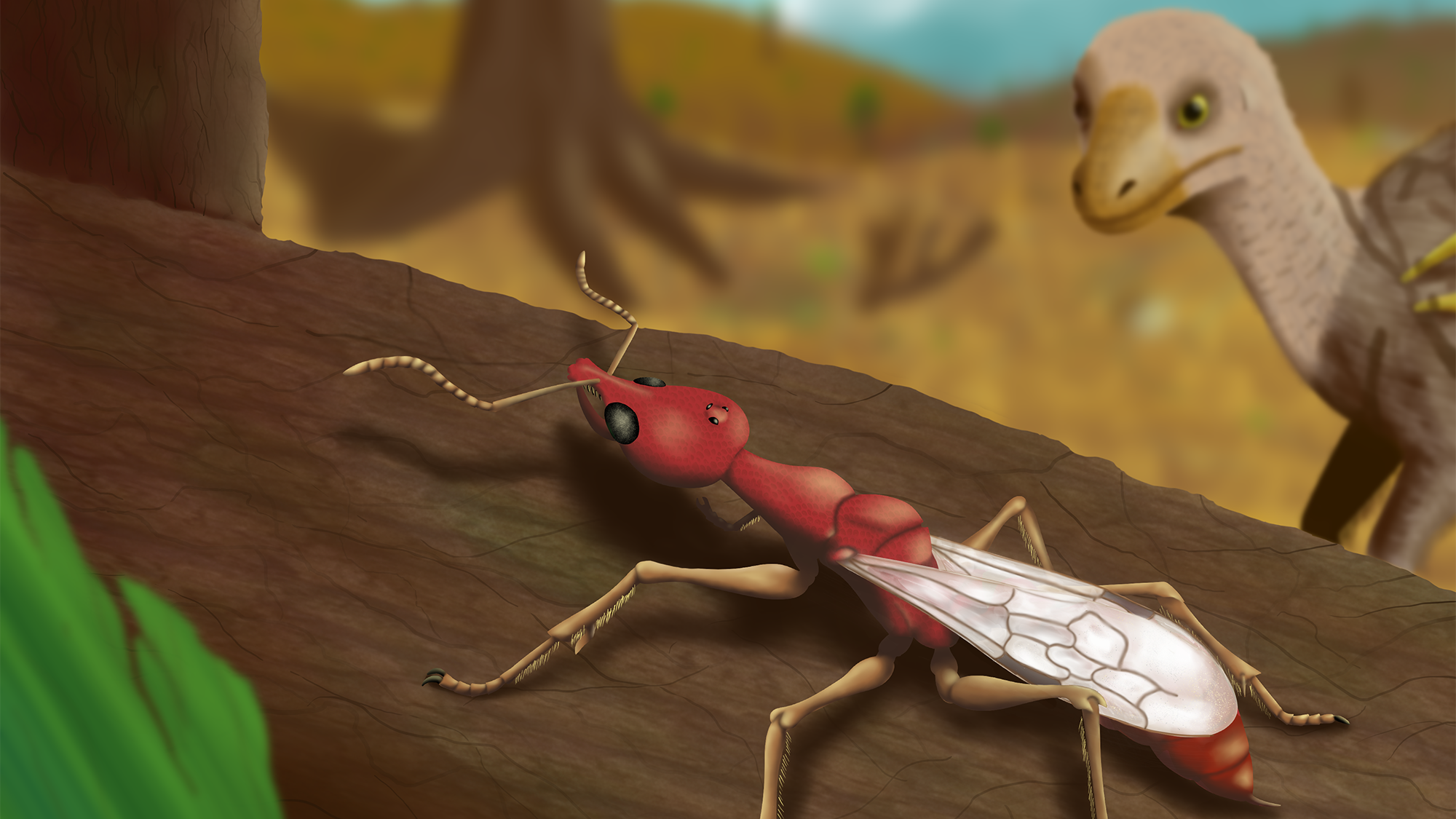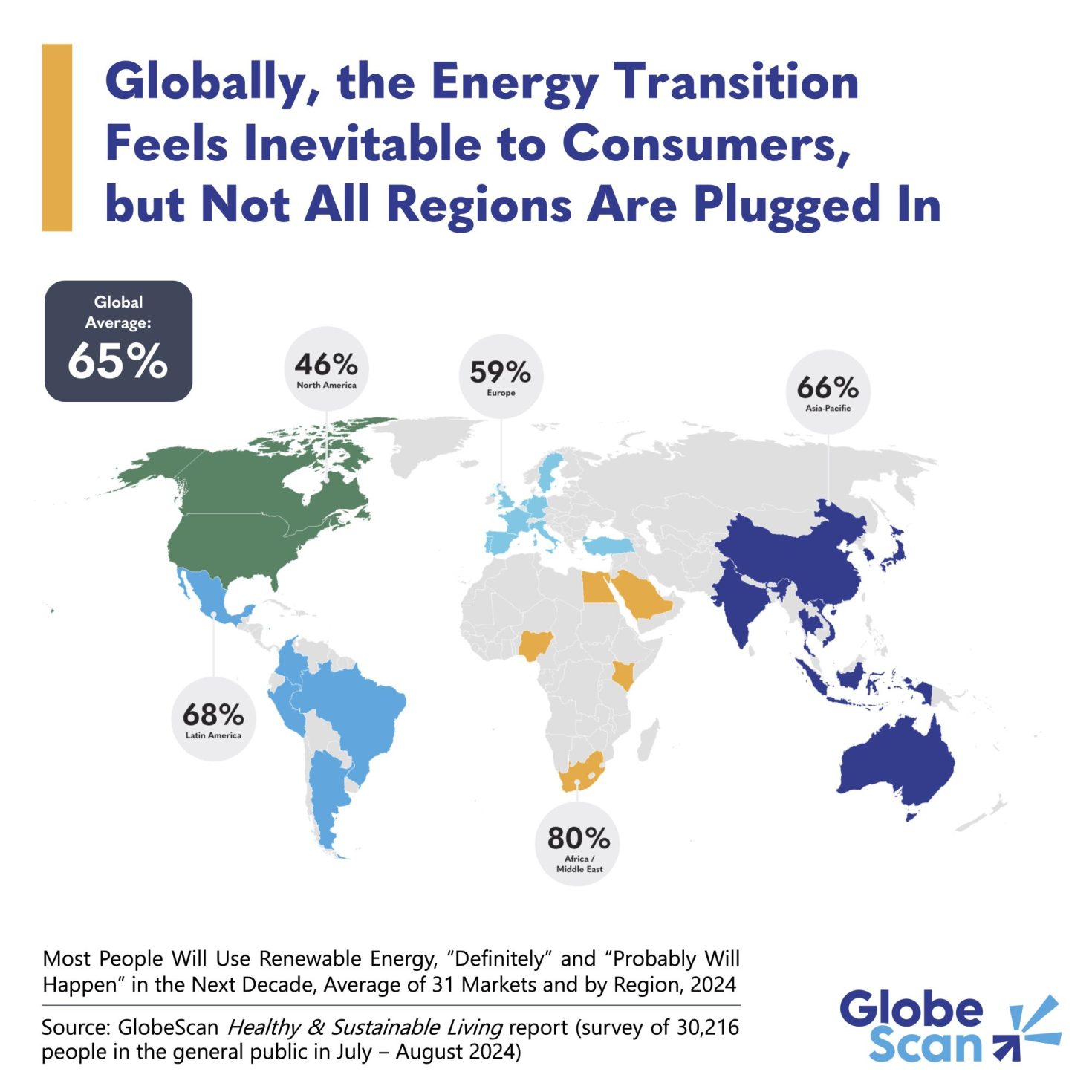What would a world without mosquitoes look like?
DDT helped wipe out one of the deadliest species from Brazil, but that's not the end of the story. The post What would a world without mosquitoes look like? appeared first on Popular Science.

In 1958, the Pan American Health Organization (PAHO) made a milestone announcement: they had exterminated the mosquito Aedes aegypti–a transmitter of the deadly diseases dengue, chikungunya, and yellow fever–from Brazil. This represented the culmination of decades of work. In the 1930s, an ambitious inspection regime removed any sources of stagnant water–key mosquito breeding grounds–in areas where A. aegypti had been detected. Authorities eased this onerous system in the years after World War II as they found success in wiping out mosquitoes with a new weapon: the insecticide DDT.

PAHO didn’t stop at the Brazilian border; by the mid-1970s, Argentina, Bolivia, Chile, and Paraguay were among nine South and Central American countries to have eradicated A. aegypti. This had significant epidemiological impacts: dengue and other conditions virtually disappeared from the DDT-soaked countries, and the specter of these conditions retreated from the continent.
Unfortunately, the story was far from over.
The mosquito strikes back
Mosquito control efforts failed to account for how persistent A. aegypti could be. It was never eradicated from Columbia or Guyuna. Within just a few decades of PAHO’s declaration, dengue re-emerged. Worse still, DDT, PAHO’s bug spray of choice, was revealed to have horrific effects on biodiversity in sprayed environments. Public sentiment turned against this indiscriminate tool after the publication of books like Rachel Carson’s Silent Spring.
Fast-forward to today. Last year was one of the worst on record for dengue in South America in the face of a resurgent A. aegypti. New mosquito-borne diseases like Zika have emerged. The dream of a pest-free South America is further away than ever. However, the goal of squashing mosquito-borne diseases is still paramount for Scott O’Neill, CEO of the World Mosquito Program, a network of companies spun out of Monash University.

Helping Wolbachia win
O’Neill explains that his program aims not to suppress mosquitoes but to help them fight the viruses that infect them and turn them into disease vectors. The WMP’s approach involves the symbiotic bacterium Wolbachia.
“Around 50 percent of all insects naturally have Wolbachia,” explains O’Neill. The bacterium cannot survive outside hosts’ bodies and infects many organs in A. aegypti. The WMP breeds huge populations of mosquitoes infected with Wolbachia and releases them into the environment. Inside A. aegypti mosquitoes, disease-causing viruses also exploit their hosts’ cells to reproduce. O’Neill aims to create a population of mosquitoes in which these viruses have to compete with Wolbachia.
Fighting Wolbachia inside an insect is like trying to arm wrestle a polar bear in a Siberian snowstorm. The bacterium has developed various ingenious tools to make itself the dominant symbiote. O’Neill explains that it alters the lipid profile inside mosquitoes’ cells, making it harder for them to reproduce. It even boosts the antiviral responses of the A. aegypti immune system, helping the mosquito fight off its competitors.
[Related: How to build a mosquito kill bucket]
No further intervention is needed after the initial injection of Wolbachia-infected insects. Over time, Wolbachia will naturally spread through the mosquito population and the number of bugs that can become infected with viruses declines. WMP say this approach has slashed rates of dengue in Australia and Columbia. In a controlled trial in Indonesia, the technique reduced virologically confirmed dengue by 77 percent.
So what would happen if all mosquito species disappeared?
If A. aegypti was somehow wiped from existence, it wouldn’t significantly harm the ecosystems it lives in, says O’Neill. That’s because it largely ignores environments where other animals live, unlike other species of mosquitoes that are food sources for frogs and fish. “It lives in cities, and it’s exquisitely adapted to biting humans,” says O’Neill.
Some scientists suggest that if every mosquito species were to disappear, there would be significant impacts on bird populations. However, this is contested by other researchers who say they aren’t an irreplaceable part of these birds’ diet. Some mosquitoes are pollinators, although very few plant species are only pollinated by mosquitoes. In short, the loss of all mosquito species would be felt by ecosystems, but to a much lesser extent than the loss of vital pollinators like the honey bee.
Our efforts to remove even one ecologically unimportant mosquito species have fallen short for now. O’Neill says that entomologists call A. aegypti the “cockroach of the mosquito world” for good reason, and its tenacity and widespread range mean that we are unlikely to see a world without this buzzing pest any time soon.
This story is part of Popular Science’s Ask Us Anything series, where we answer your most outlandish, mind-burning questions, from the ordinary to the off-the-wall. Have something you’ve always wanted to know? Ask us.
The post What would a world without mosquitoes look like? appeared first on Popular Science.












